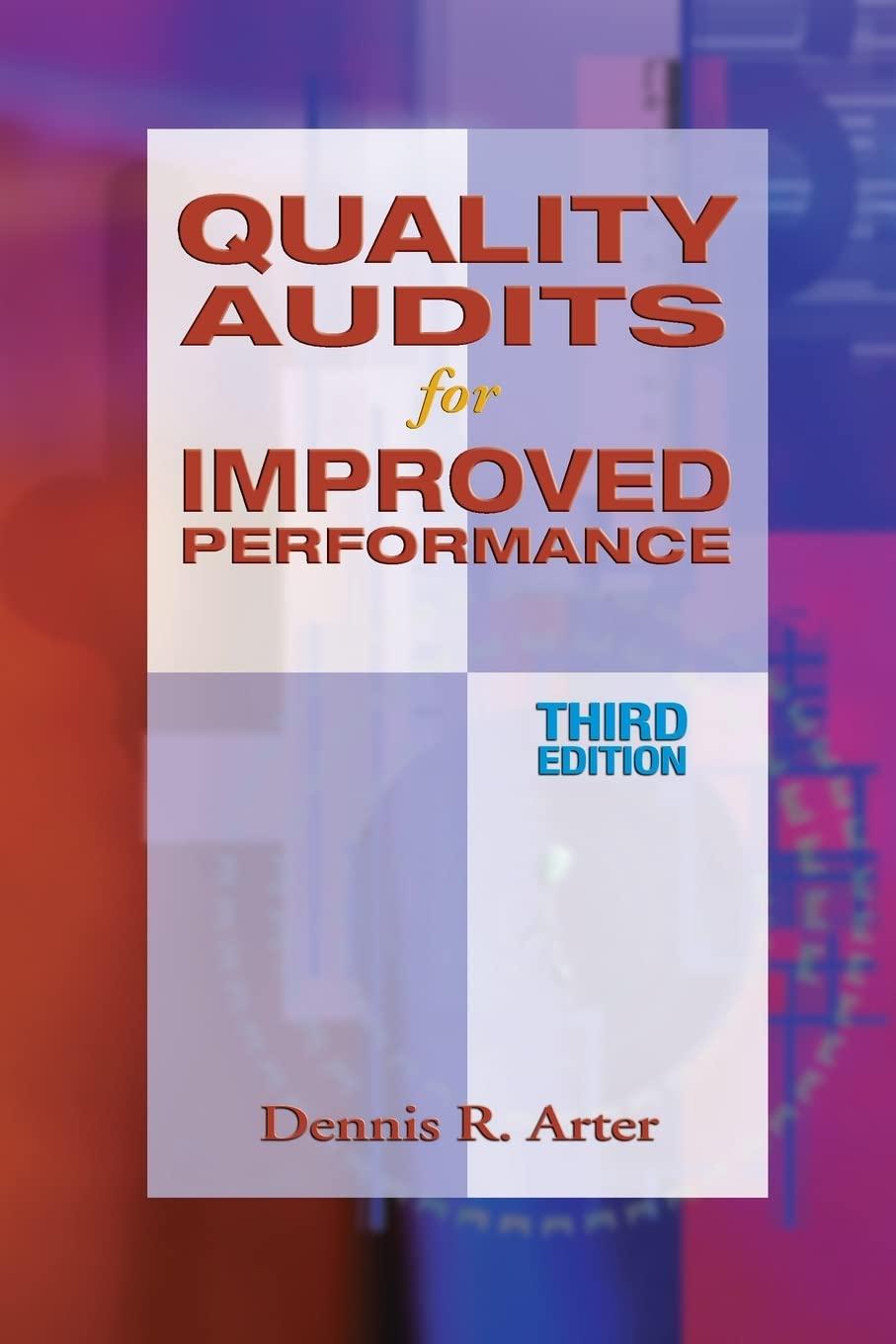Can you please answer this question with full details, how value are find.
Defence Electronics Inc. Based in Winnipeg, Manitoba, Defence Electronics Inc. (DEI) was founded to provide security systems, facilities controls and related services, DEI established a solid reputation for quality and the business grew thanks to strong relationships with large, long-term customers in Canada and the United States The Research and Innovation Group (RIG) is the development side of the company. They are considering a new contract that will strain resources for thot only RIG, but the entire company. With an upfront cost of S110 million, managers understand that the cost of capital will be a key part of maintaining and improving Clearview's competitive edge. You have been asked to calculate the company's weighted average cost of capital (WACC), based on the following information Over the last five years the annual dividends on the firm's common stock have grown at 6:00 percent per year and this growth is expected to continue indefinitely. A common share dividend of $2.260 per share was recently paid Common shares trade at $50,000 per share. The company has authorized 291,000 common shares, with 262,000 common shares issued and outstanding The company has issued 128,000 of the 156,000 preferred shares authorized The annual preferred share dividend is 52 340 per share. The latest preferred share price is $21.800 per share. DEI has an outstanding bond issue, payable semi-annually, that originally had a 30 year maturity. The initial bond offering was sold 8 years ago, at par and raised $24.30 million dollars. (To be specific 24,300 bonds were sold at $1,000 each.) The yield to maturity, when they were issued, was 7.70 percent. Currently, the nominal yield to maturity on bonds with a similar risk is at 8.10 percent The company will use its current capital structure to set target weights for debt, preferred shares and common shares. Flotation costs are 4.00 percent 100 a 30 year maturity. The initial bond offering was sold 8 years ago, at par and raised $24.30 million dollars. (To be specific 24,300 bonds were sold at $1,000 each.) The yield to maturity, when they were issued, was 7.70 percent. Currently, the nominal yield to maturity on bonds with a similar risk is at 8.10 percent. The company will use its current capital structure to set target weights for debt , preferred shares and common shares. Flotation costs are 4.00 percent for preferred shares, 4.00 percent for common shares and 5.00 percent for debt . The company's tax rate is 45.00 percent. After-tax earnings for the year will be $3.00 million and the company has a payout ratio of 35.00 percent Use this information to answer the questions on the next spreadsheet tab. The following table is presented to help you organize the information from the case- (Note- not all of variables can be found in the case you may have to calculate one or more of them.) Bonds- Y TE F Preferred Shares Dp Pp F Common Shares DI PI Requirements- A. Find market values of outstanding bonds, preferred and common shares- (Provide supporting information for each answer) 1. Bonds- a. What is the market value of each bond? (Enter your answer to two decimal places) Requirements- A. Find market values of outstanding bonds, preferred and common shares. (Provide supporting information for each answer) 1. Bonds a. What is the market value of each bond? (Enter your answer to two decimal places) b. What is the total market value of bonds at Dec 31, 2020? (Round your answer to whole numbers) 2. Preferred shares- What is the market value of preferred shares at Dec 31, 2020? (Round your answer to whole numbers) 3. Common Shares. What is the total market value of common shares at Dec 31, 20207 (Round your answer to whole numbers) B. What weights are assigned to debt, preferred and common equity on Dec. 31, 2020? (Round your answers to two decimal places) (Provide supporting information for each answer) Debt Preferred Cem C. Calculate the after-tax cost of the various components of (Round your answers to two decimal places) (Provide supporting information for each answer) 1. Bonds. a. What is the normal yield-to-maturity? b. What is the effective yield-to-maturity? c. Calculate the after-tax cost of new debt (using the effective yield-to-maturity). 2. Preferred Shares 3. Common equity in form of retained earnings- 4. Common equity in the form of new shares- D. What is the Weighted Average Cost of Capital if: (Round your answers to two decimal places) (Provide supporting information for each answer) 1. The company uses new debt, new preferred shares and just retained earnings? WACC: b. What is the effective yield-to-maturity? c. Calculate the after-tax cost of new debt (using the effective yield-to-maturity), 2. Preferred Shares 3. Common equity in form of retained earnings- 4. Common equity in the form of new shares- D. What is the Weighted Average Cost of Capital if: (Round your answers to two decimal places) (Provide supporting information for each answer) 1. The company uses new debt, new preferred shares and just retained earnings? (Round your answers to two decimal places) After To Weigel Weight Cort Cou Del Prul Com WACC 2. The company uses new debt, new preferred and new common shares? (Round your answers to two decimal places) After Weid Weight Cool Cut Debe Per Commen WACC- E. How much of the new capital projects can be funded without using new shareholders! (Round your answer to whole numbers) (Show supporting information for all parts)










